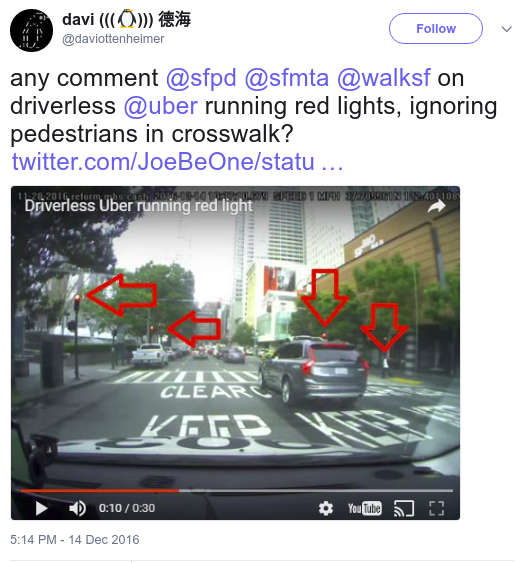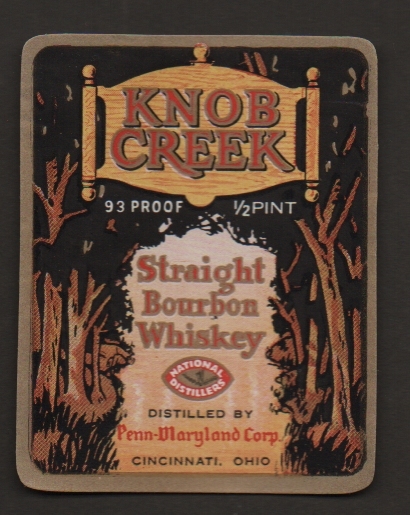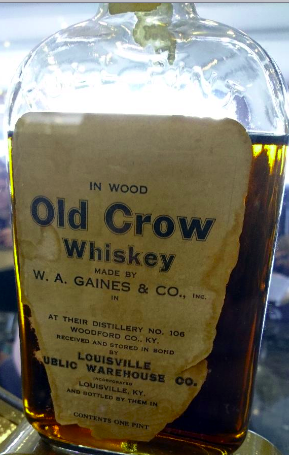I’ve promised for a while, years really, to write-up the etymology of the word “hacker”. This always is a popular topic among the information security crowd. Although I regularly talk about it at conferences and put it in my presentations, the written form has yet to materialize.
Suddenly I instead feel compelled to write about a claim to the origins of the phrase “information security”. Credit goes to the book “Code Girls” by Liza Mundy, a bizarrely inaccurate retelling of cryptography history. While I don’t mind people throwing about theories of why hacker came to be a term, for some reason Mundy’s claim about “information security” shoves me right to the keyboard; per her page 20 Introduction to the topic:
[The 1940s] were the formative days of what is now called “information security,” when countries were scrambling to develop secure communications at a time when technology was offering new ways to encipher and conceal. As in other nascent fields, like aeronautics, women were able to break in largely because the field of code breaking barely existed. It was not yet prestigious or known. There had not yet been put in place elaborate systems of regulating and credentialing–professional associations, graduate degrees, licenses, clubs, learned societies, accreditation–the kinds of barriers long used in other fields, like law and medicine, to keep women out.
First of all, the reader now expects to see evidence of these “elaborate systems of regulating and credentialing” with regard to information security. I suspect Mundy didn’t bother to check the industry because there are none. Quite the opposite, the CISSP is regularly bashed as entry-level and insufficient proof of information security qualification, and experts regularly boast of having orthogonal degrees or none at all.
Second, she’s contradicting her own narrative. Only a page earlier she’s holding the field of code breaking as “storied British operation that employed ‘debs and dons’: brilliant Oxford and Cambridge mathematicians and linguists–mostly men, but also some women…”. So which is it? Information security was not prestigious and known, or it was a “storied” field of the highest caliber schools?
As an aside I also find it frustrating this book about recognizing women of code breaking calls Bletchley “mostly men, but also some women”. The British operation was resistant at first to women and the same dynamics as in the US shifted the balance, as the site itself will tell you:
The Bletchley Park codebreaking operation during World War 2 was made up of nearly 10,000 people (about 75% of this number was women). However, there are very few women of that are formally recognised as cryptanalysts working at the same level as their male peers.
Mundy dismisses this as “…there also were thousands of women, many from upper-class families, who operated ‘bombe’ machines…” almost as if she’s buying into a boorish and misogynist narrative dismissing the code breaking capabilities as “some women” and tossing out the rest as a bunch of wealthy knob turners. Who does she think went to Oxford and Cambridge? Meanwhile Bletchley historians tell us about the women “codebreaking successes and contribution to the Battle of Cape Matapan, which put the Italian Navy out of World War 2”.
Mundy also gives credit only to the British operation for breaking Enigma, which is patently false history as I’ve written about before.
So, third, she mentions the US resurrected its code breaking from WWI. This punches a hole through her theory that information security origin was 1940s. Not only does a link to WWI indicate the field is older, it begs the question why she would even suggest such a late start date when there are also sources linking it to the US Civil War and earlier?
Enigma cracking started at the end of WWI and the Polish put their top mathematicians on it because they recognized relevance to the threat from a neighboring state, as history tends to repeat. The British focused on Spanish and Italian code-breaking in the 1930s because Franco and Mussolini were more interesting to them as threats to their domain. Mundy hints at this on page 14 when she admits information security students of the 1940s relied on earlier work:
The instructors would be given a few texts to jump-start their own education, including a work called Treatise on Cryptography, another titled Notes on Communications Security, and a pamphlet called The Contributions of the Cryptographic Bureaus in the World War–meaning World War I…
Anyway, aside from these three fundamental mistakes, a core piece missing from her analysis is that the US fell behind on code breaking and had to catch up because of isolationist tendencies as well as white supremacists in the US pressuring their country to remain neutral or even assist with Nazi aggression. Mundy mentions this briefly on page 13 and sadly doesn’t make the political connections.
[Captain, U.S.N. Laurance Frye] Safford elaborated on the qualifications they wanted by spelling out the kind of young women the Navy did not want. “We can have here no fifth columnists, nor those whose true allegiance may be to Moscow,” Safford wrote. “Pacifists would be inappropriate. Equally so would be those from persecuted nations or races–Czechoslovakians, Poles, Jews, who might feel an inward compulsion to involve the United States in war.”
Again Mundy is citing information security field expertise that existed long before the 1940s. And you have to really take in the irony of Safford’s antisemitism and political position here given that it comes after Polish cryptographers already had cracked Enigma and were the foundation to Bletchley Park focus on German cryptography. Further to the point, as the NSA history of Safford claims, he saw himself as the person who actively tried to involve the United States in war.
He recognized the signs of war that appeared in the diplomatic traffic, and tried to get a warning message to Pearl Harbor several days before the attack, but was rebuffed by Admiral Noyes, the director of Naval communication.
Several days. A bit late Safford. Imagine how many years of warning he might have had if he hadn’t demanded “persecuted nations or races” be excluded from information security roles.
America was behind because it didn’t perceive itself a persecuted nation, it failed to expend resources on information security in a manner commensurate with the risk. There were pro-Nazi forces actively attempting to undermine or sabotage the US feedback loops by pushing a head-in-sand “neutrality” position all the way to Pearl Harbor.
By the time these “America First” agents of Nazi Germany were exposed and incarcerated, women simply offered a more available home front resource compared with men abruptly being sent to fight in field (same as in Britain, France, Poland etc). Of course women were as good if not better than the men. It was procrastination and the pre-war political position to allow aid Nazi Germany (GM, Standard Oil, etc) that created a desperate catch-up situation, opening the doors to women.
Information security formative days started long before the 1940s, but just like today the absence of feeling threatened led decision makers to under-invest in those who studied it, let alone those who practiced professionally without degrees or certifications. The question really is whether women would have been pulled into information security anyway, even if the US had not been under investing in the years prior. British history tells us definitively yes, as 75% of Bletchley staff were women.
Does that percentage sound high? Mundy herself says on page 20 that 70% of US Army and 80% of US Navy information security staff were women. Fortunately she doesn’t discount the Americans as wealthy knob-turners, and instead glorifies every American woman’s role as essential to the war effort. Mundy writes well, but her history analysis is lacking and sometimes even self-defeating.



